#Black American Royalty
Explore tagged Tumblr posts
Text





“They all had royal names…”
Billie “Lady Day” Holiday
William James "Count" Basie
Edward Kennedy "Duke" Ellington
Nat King Cole
Queen Latifah
“Jazz royalty is a term encompassing the many jazz musicians who have been termed as exceptionally musically gifted and informally granted honorific, "aristocratic" or "royal" titles as nicknames. The practice of affixing honorific titles to the names of jazz musicians goes back to New Orleans at the start of the 20th century, before the genre was commonly known as "jazz".”
“Rap has its roots in jazz. Bebop, scatting, rap…they’re all based on syncopated rhythms.” Queen Latifah also is included in the “jazz royalty” because of this ^^
+other noted artists:





was rewatching Hangin’ With Mr. Cooper and in season 1, episode 11, this was mentioned about the royal names and rap’s jazz roots!
*In 1970, Hanna was given an honorary knighthood by President William Tubman of Liberia in recognition of concerts he played in the country to raise money for education. Thereafter, Hanna was often known as "Sir Roland Hanna.”
#Black Americans#Black American culture#Billie Holiday#Eleanora Fagan#Count Basie#Duke Ellington#Nat King Cole#Nathaniel Adams Coles#Queen Latifah#Dana Owens#Black American music#jazz#Roland Hanna#Lester Young#rap#Black American music genres#music#royals#Black American Royalty#aristocrat#jazz musicians#jazz music#rapper#rap music
8 notes
·
View notes
Text
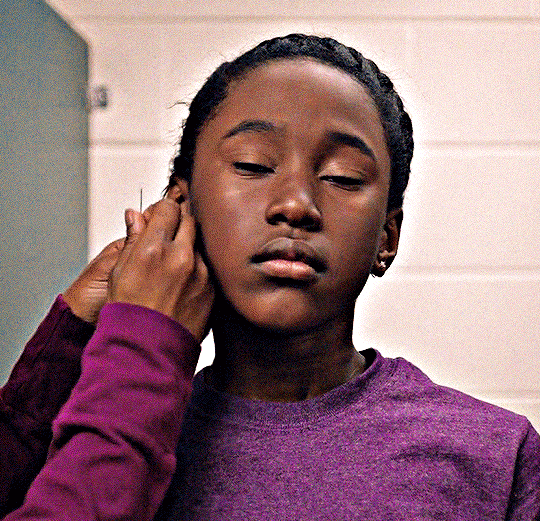

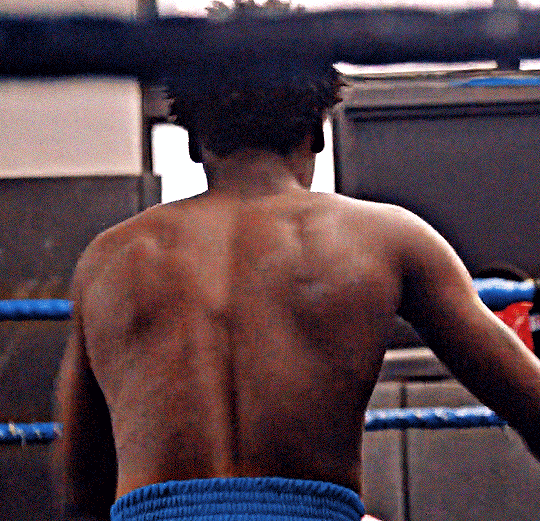
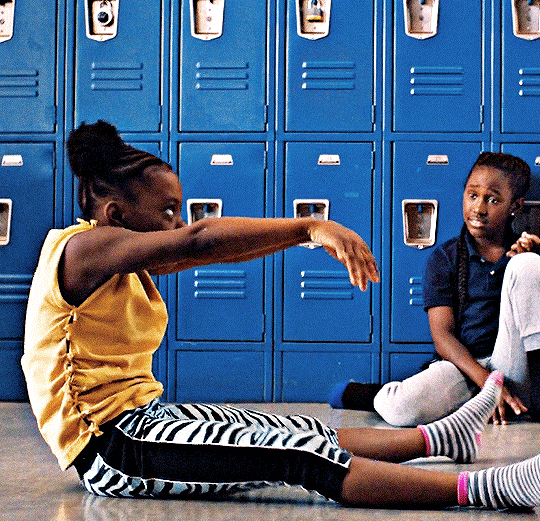



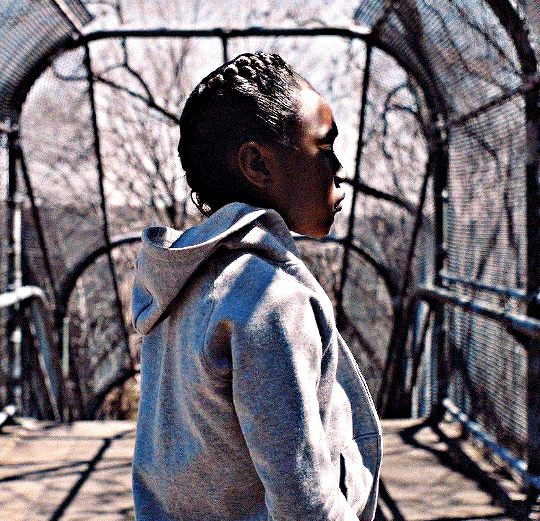
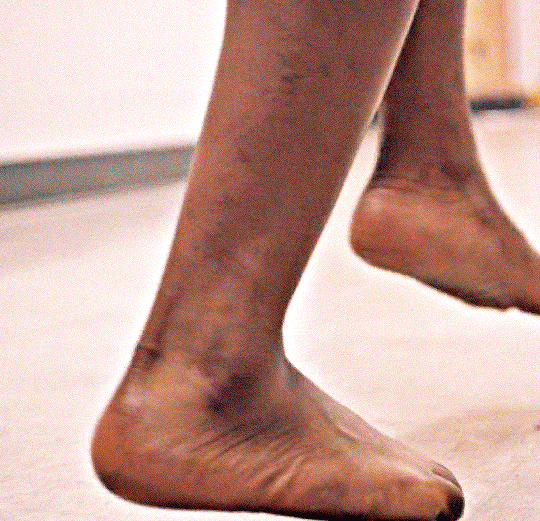
Film & TV I Think About A Lot » The Fits (2015) dir. Anna Rose Holmer
You know it's gonna happen to us. Just thinking about what my sister said, you know? What do you mean? I just... I just wanna know how it feels. Aren't you scared? Yeah, but it doesn't matter. It'll happen to us anyway. It hasn't happened to any of the boys. Yeah, but we're not them.
#cgedits#mygifs#cftv#another film where i wanted to gif every second because it is absolutely gorgeous - especially the end UGH chills#there is a podcast called for colored nerds and they did a whole episode on this movie and theyre the only people ive heard talk about it#it is on the same level as Moonlight or Get Out for me - except the monster is a metaphor for puberty and girlhood#the fits#the fits (2015)#blackinfilm#black films#indie film#filmgifs#cinema#movies#film#black#moviegifs#blackinmotionpictures#cinematv#american cinema#Anna Rose Holmer#userfilm#fyeahmovies#royalty hightower#what a name#dailyfictionalblackgirls#women directors#poc#black women
242 notes
·
View notes
Text
Meghan Markle & Mariah Carey talking about Black hair care! 👩🏾🦱
#meghan markle#mariah carey#archetypes podcast#black hair#black hair care#black girlhood#biracial#mixed race#black women#black girls#african american#black culture#famous black women#black beauty#pink hair lotion#black royalty#royalty#singer#actress#suits#mimi#british royal family#celebrity#the duchess of sussex#podcast#funny#nostalgia#audio#music#sbrown82
27 notes
·
View notes
Text










The Black Room (1982)
"I just want to know one thing up front: are there any restrictions?"
"Restrictions? No, none. This isn't the YMCA."
#the black room#1982#video nasty#american cinema#horror film#norman thaddeus vane#elly kenner#stephen knight#cassandra gava#jimmy stathis#clara perryman#charlie young#geanne frank#linnea quigley#christopher mcdonald#allisun kale#edwin avedissian#sheila reid#doug cronin#james ackley#art podell#both a modern take on vampirism as medical horror and an angsty dissection of suburban kink in the pre aids era of casual swinging#which makes this sound a great deal more interesting than it actually is; truthfully this takes a couple of solid and intriguing ideas and#then pretty much fails to interrogate them to any real depth or with any keen insight‚ choosing instead to devolve into a fairly generic#(but admittedly pretty handsome) slasher. it all feels strangely of the wrong era; the mix of free love and awkward moralising would fit#much more easily into a film at the tail end of the 60s or start of the 70s‚ a feeling only solidified by the inclusion of a couple of#vaguely counter culture students and the trippy visuals within the (pretty cool looking) titular Room. the slasher stuff in the final act#tho is pure 1980s and it's solidly done‚ even if it's not the most interesting choice this film could make. also of interest for a minor#role for soon to be horror royalty Lin Quigley. of minor interest to video nasty completionists but that's about it i suspect
8 notes
·
View notes
Text
Daily Bread | Reading The Bible With Understanding Is A Super Power
https://youtube.com/live/KZdOOlHCaA4?si=dgjL1r9g8G2af0NL
#25:30#Real Jew Jews Israel Israelites Royal Royalty Holy Family Children Jewelry Jewels Feast Blacks Hispanics and Native Americans KJV1611 AV81 J
0 notes
Text





• Coretta Scott King
• Megan Thee Stallion
• Lizzo
• Brian Tyree Henry








Black American Royalty
2.0
Beyoncé
Chadwick Boseman
Janelle Monae
Michael Jackson
Porsha Williams
Big Freedia
Lauren Anderson
#Coretta Scott King#Megan Thee Stallion#Lizzo#Brian Tyree Henry#Black American Royalty#tani b art#tani b#graphic art#art
122 notes
·
View notes
Text
Meghan Markle's Top 10 BLACKEST Moments! 💁🏾♀️
10. Talking Black hair care with Mariah Carey on her podcast (Girrrl...not Murray's & Pink Lotion!! 😆)
9. Helping Black & Brown women of the Hubb Community Kitchen after the Grenfell Tower Tragedy as her first solo royal project.
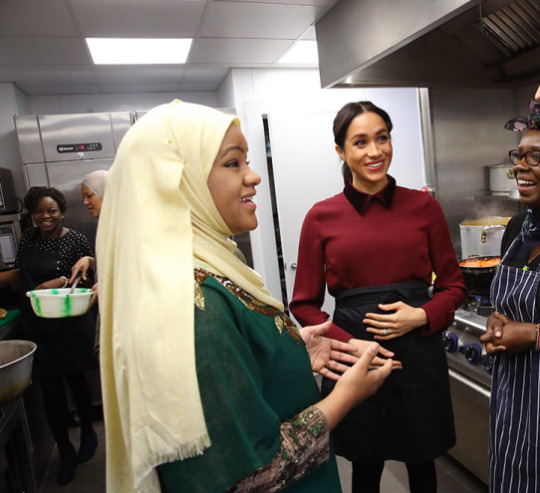
8. When she reminded err'body on “Suits” that she is NOT a white girl!!!
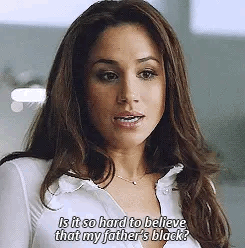
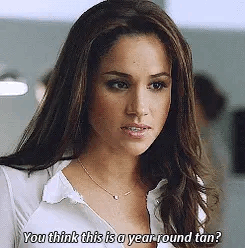
...And then shutting down corny-ass haters on Twitter for continuing to question her Blackness.
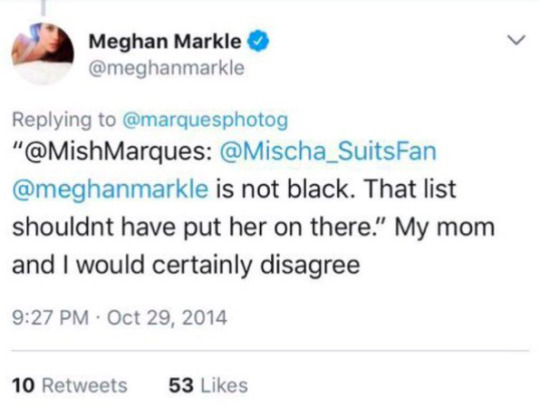
7. When Meghan and her husband's Archewell Foundation supported The Loveland Foundation, an organization that gives Black women and girls across the U.S. access to high quality therapy and support.
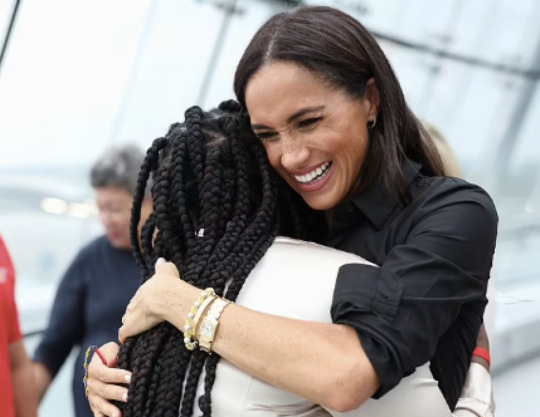
6. Sporting all-Black designers while giving us 'bundles on bundles' at the NAACP Image Awards.

5. Taking part in the "Erase The Hate" campaign condemning anti-Black racism.

4. When she FINALLY met King Bey and gave us the vision of Black royalty & Black excellence we kneegrows deserve!

3. When she said "Black Lives Matter" and spoke out on the death of George Floyd.
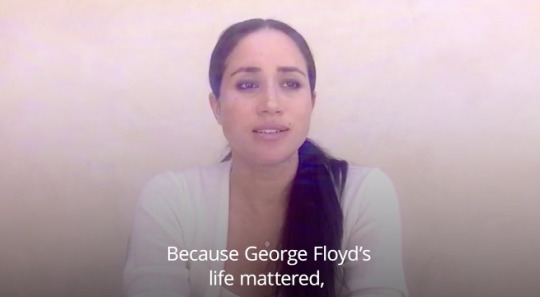
2. Becoming a real-life B.A.P. and marrying into the British Royal Family - a.k.a. the WHITEST family in the world. Sis was late, only invited her Black mama who proudly wore her locs and nose ring. Had a Black pastor preach, hired an afro-wearing cello player and an all-Black choir to sing...all on Malcolm X's birthday! 👸🏾
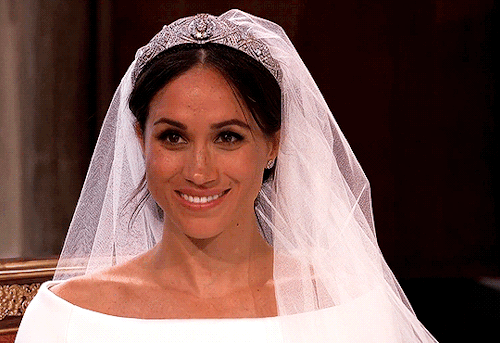
1. And chile, when sis exposed those same crumpet-eating colonizers on that Oprah special...ICONIC!!!
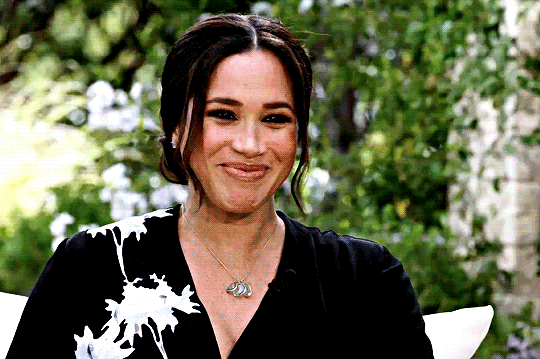
Happy Black History Month, y'all!! ❤️🖤💚
#meghan markle#duchess of sussex#black woman#black women#african american#mixed race#biracial#i love her#happy black history month#for the culture#black culture#black royalty#non blacks dni#british royal family#prince harry#black history#racism#misogynoir#anti blackness#blackest moments#suits#rachel zane#beyoncé#sbrown82
86 notes
·
View notes
Photo



Meghan, The Duchess of Sussex posing with her husband, Prince Harry, The Duke of Sussex, and her mother, Doria Ragland as they attend the Ms. Foundation Women of Vision Awards: Celebrating Generations of Progress & Power at Ziegfeld Ballroom in New York City on May 16, 2023.
#meghan markle#prince harry#the duke & duchess of sussex#doria ragland#harry and meghan#meghan & harry#philanthropy#ms. foundation women in vision awards#awards#2023#she looks good#black woman#black women#african american#african american women#mixed race#biracial#black beauty#black royalty#brf#british royal family#actress#activist#photo#red carpet#sbrown82
65 notes
·
View notes
Text
Mid-Morning Medicine: They Stole It But We Must Return It
https://youtube.com/live/5G222bkv_pA?si=OWrHxwuOIrqO7gRN
#25:30#Real Jew Jews Israel Israelites Royal Royalty Holy Family Children Jewelry Jewels Feast Blacks Hispanics and Native Americans KJV1611 AV81 J
0 notes
Text
History In The AM | The Life of Stephen
https://youtube.com/live/1bMmNrkpLD4?si=t8xwQavOxO5JvMZ-
#25:30#Real Jew Jews Israel Israelites Royal Royalty Holy Family Children Jewelry Jewels Feast Blacks Hispanics and Native Americans KJV1611 AV81 J
0 notes
Text
#ShoutOutTuesday | Christianity’s Traditions are not Biblical #solomonis...
#25:30#Real Jew Jews Israel Israelites Royal Royalty Holy Family Children Jewelry Jewels Feast Blacks Hispanics and Native Americans KJV1611 AV81 J
0 notes
Text
Politics of the Past
https://youtube.com/live/WPoS2kCdWsY?si=aZuIi36mzNxylgxD
#25:30#Real Jew Jews Israel Israelites Royal Royalty Holy Family Children Jewelry Jewels Feast Blacks Hispanics and Native Americans KJV1611 AV81 J
0 notes
Text
The Evolution Of Revolutionaries
https://youtube.com/live/2iTTN9QdCgc?si=s0kd2xvFbpeM35j_
#25:30#Real Jew Jews Israel Israelites Royal Royalty Holy Family Children Jewelry Jewels Feast Blacks Hispanics and Native Americans KJV1611 AV81 J
0 notes
Text
Sayings of the Seers: Prove Now, Or Cry Later
https://youtube.com/live/DXXLxKuiOEw?si=1Rfr3n61Y9g8OZjO
#25:30#Real Jew Jews Israel Israelites Royal Royalty Holy Family Children Jewelry Jewels Feast Blacks Hispanics and Native Americans KJV1611 AV81 J
0 notes
Text
MID-MORNING MEDICINE: Charity Brings Forth Israelite Unity
https://youtube.com/live/nWknbB6Vohs?si=v_TCX2jYGv-g2_tp
#25:30#Real Jew Jews Israel Israelites Royal Royalty Holy Family Children Jewelry Jewels Feast Blacks Hispanics and Native Americans KJV1611 AV81 J
0 notes
Text
Wisdom Crieth Out: NO REST FOR THE WEARY
https://youtube.com/live/Sn0k3HSgPGI?si=77T7TApxr4QcAghD
#25:30#Real Jew Jews Israel Israelites Royal Royalty Holy Family Children Jewelry Jewels Feast Blacks Hispanics and Native Americans KJV1611 AV81 J
0 notes